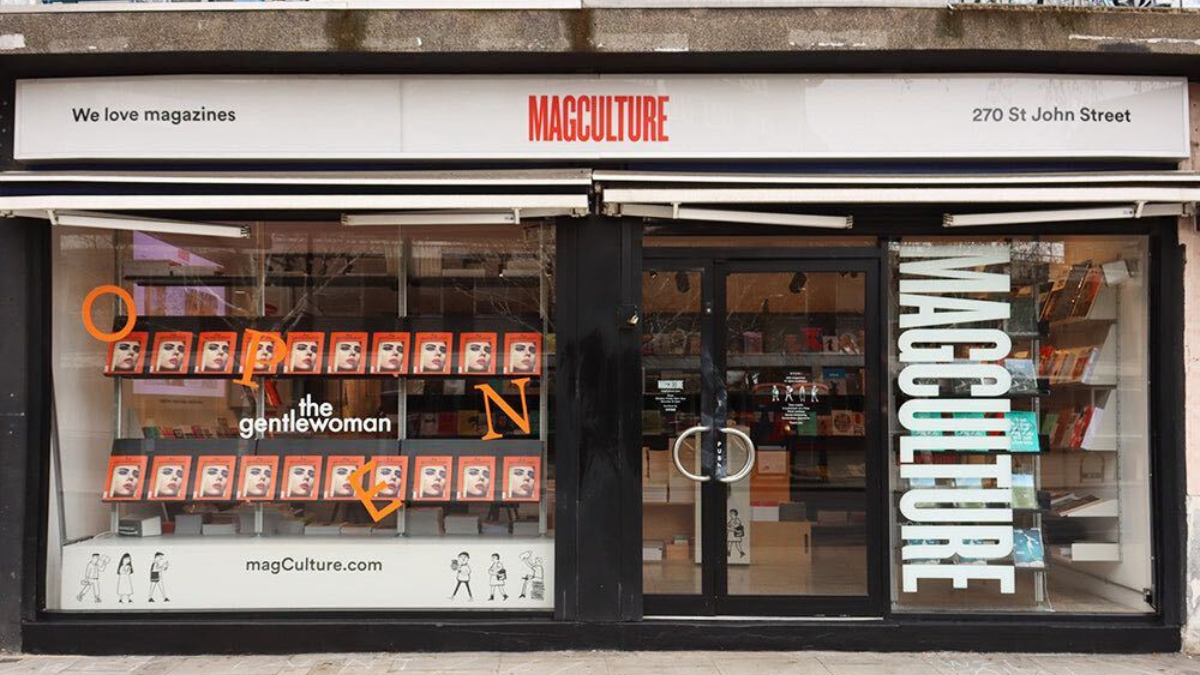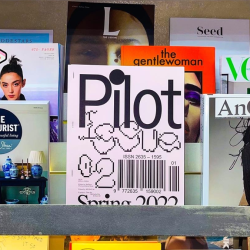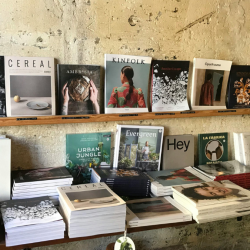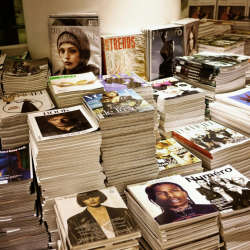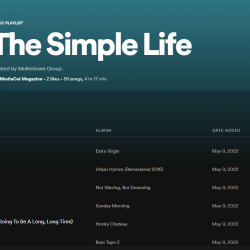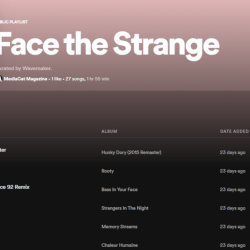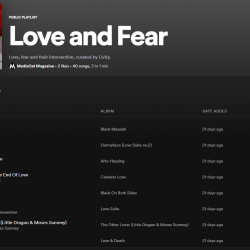In this interview Editor at MediaCat Magazine, Selin Ozkan, speaks to Jeremy Leslie about the evolution and future of print magazine. Selin sat down with Jeremy, founder of magCulture; after he moderated a session at D&AD.
We love print at MediaCat Magazine, so this interview is very special for me. magCulture is a multi-channel business that celebrates independent magazines. magCulture shop in Clerkenwell brings together magazine enthusiasts with a selection of over 600 independent magazines from across the world. magCulture shares insights about the magazine industry through The magCulture Journal, The magCulture podcast and ‘We love magazines’ newsletter. The company also provides design and editorial consultancy services to a selection of international clients across print and digital, and regularly hosts events and masterclasses.
We just had the session [at D&AD], which was great, thank you for that. Someone asked a question on print magazines and why people think they still have a place. In your opinion, what makes print magazines a unique medium?

I think, today, we get bogged down in the idea of technology and what technology is. I think we overlook the fact that print, and the printed item, is technology. I think it’s a brilliant technology that has lasted for years, and has been proven as a very powerful technology. And I’m not talking about the act of producing; I’m talking about the finished result — the way we can read it and respond to it. The simple fact that there are two pages, everything you look at is a spread. It’s not just one shiny screen. There are two different planes.
I think people like to get very didactic and black and white about it and say, ‘Well, the last 100 years have been print and that’s over. The next hundred years will be digital.‘ Actually, it’s a much more mixed up and nuanced debate and relationship between the two. For the spontaneous and the instant, the fact that I can, for instance, read tweets about what’s happening in Turkey right now live on my phone, that’s great. But I think a magazine is much better for a more nuanced and reflective style of reporting on content.
Media is going through an interesting time right now, with flagship digital media brands such as BuzzFeed and Vice shutting down, but some print titles like Creem and The Face coming back. From where you’re standing, what does this mean? What’s your take?
If you’ve just read the top level stories over the last 10-20 years, you’d think print was dead. You’d think no one’s interested in print. No print is happening, nothing new is happening. Whereas actually it’s all been going on. Lots of new magazines, new launches and exciting things going on. They’re just very small, and some of them suddenly become big. There are some big magazines now in print that are as big as some of the big magazines always were, but they’re just small, tiny, independent entities.
The Face is a good example. They have a huge digital platform and they’re doing an awful lot of stuff in digital, but their whole entity is centred around the print magazine. They have a far bigger audience online. They have far bigger reach and far more attention online. But their focus is the print magazine. The print magazine gives it validity and authority, and I think people are rediscovering that. And we see that also with brands launching magazines. Brands, whether it be Soho House, MUBI — an entertainment social club brand, an online streaming brand — they’ve both launched very successful magazines recently because they see it as a useful vehicle to promote and build their brand.

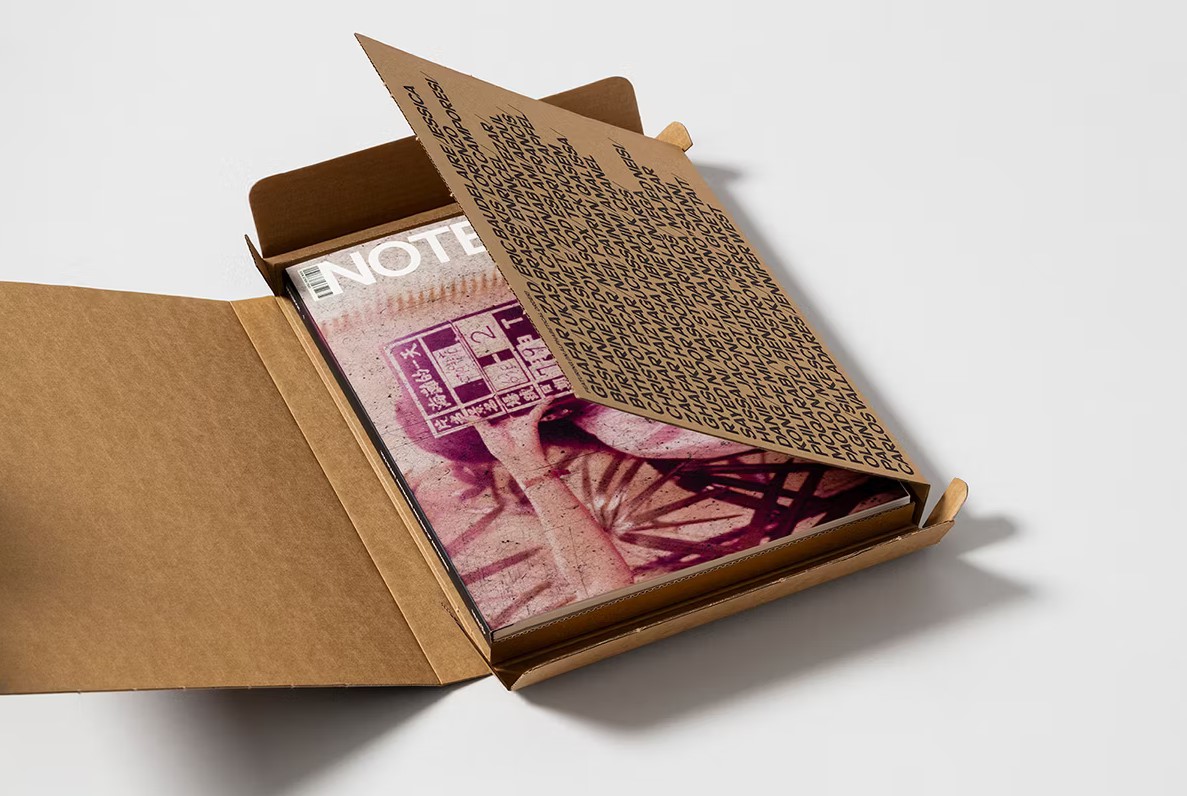
During the session you mentioned something around print also needing digital. And you certainly do this for your company, where you have various different businesses which support the physical store. Looking to the future of magazines in general, how do you see business models evolving?
Essentially, what we’ve already seen is what was a very stable, simple business model has become completely fractured, like so much in our lives today. Everything’s much more complicated because there are that many more options and that will just be how it is now. There’s not a singular business model for a print magazine anymore. I’ve mentioned a few and we talked about The Face. They all have different ways of doing it and they’re all associated with the digital platforms, streaming platforms or a smaller magazine. Fukt, that we just heard from, might have a launch party or they might sell some small merchandise. There are always different models you can try and different mixtures of models that people rely on. Fukt, as Ariane [Spanier] explained, breaks even. That’s after 20 years. In early years it lost money, but it was still perceived as a worthy investment.

If you look at the film or art industry (and the art world), there’s always people on the edge trying to make it work. It’s the process of experimenting. They discover new ways of doing things. They might not make money themselves or become the next best artist or film director, but they’ll have created something that inspires someone else. There’s activity, that’s the key. And that activity has a ripple effect into other people, who maybe will make money from it.
You mentioned these new publications launching. It feels like a revival of the print space. What do you think about longevity? Maybe it’s too early to tell, but do you think they’ll last?
I think it’s hard to tell. You can sometimes tell to a degree which magazines have got a chance of surviving. There are some magazines, however much you like them, you just think, ‘Well, that’s never going to work out.‘ I think there are magazines being launched in the last year or two which I think will probably last for a period. I also think, as discussed in a sort of fracturing of everything, things are made which inevitably last less time now. The Face is another interesting example. It existed for 20 years, then it closed down for 10 years and then it came. It closed down because it was failing in the eyes of the publisher at the time, but somebody saw its worth, bought it back and relaunched it.
You can never tell what will survive and what will not.
And how do you think the independent publishing space has changed in the past decade?
I think it’s growing. It’s developed and grown both in scale, but also in linkage in the support system. Things like my shop, like Stack Magazines: there’s attention being paid to these small magazines. We also have to be clear that over the last hundred years there have been small independent magazines. They’ve always been there, but with demise of the big magazines there’s this open space that these small magazines can walk into and occupy. That’s what’s happening.
If you go back to the ’50s with rock and roll fanzines, in the ’60s with the counterculture magazines, the hippies and Oz magazines like this Rolling Stone… ’70s was punk. ’80s was the style magazine (of which The Face was one). There’s always been independent magazines trying to find a space, but now it’s wide open for these independents to make success in their own right.
And when you look at the current independent publishing spaces, are there any cities or hubs of creation that stand out?
Right now I’m really interested in Paris, because France have very strict laws about their language and about trying to keep the French language unsullied. They’ve always published in their own language and not looked out beyond their borders. But they are now, and they are publishing either in English, or in English and French together. There’s a lot happening in Paris which we haven’t seen for a while. That’s very exciting with magazines like Revue Faire.
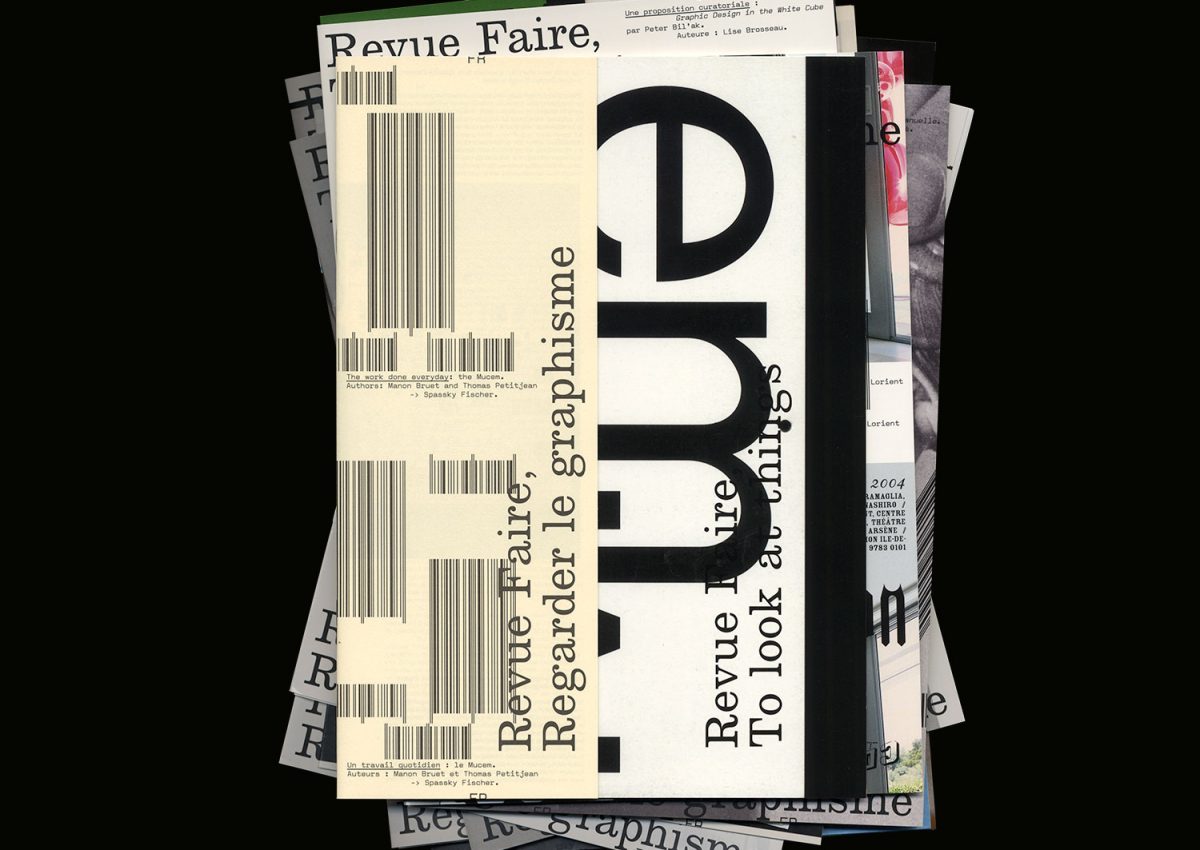
There’s a theory that actually smaller cities are better for publishing, which doesn’t always stand up. But there was a stage in the UK where there was a lot happening in Bristol because it was a smaller, cheaper place to live and produce stuff. And Berlin, before it became a big capital city again. I think maybe that stage is over, but there are certain places.
We talked about Stack earlier. One of the magazines I received through Stack was one about creative juggling, which I thought was interesting and niche. What have you come across that’s caught your eye?
Yeah, well, that was Yana, and that’s a great example of a magazine. We do a masterclass every year and the woman that did that attended the masterclass. She turned up and said, ‘I’m going to do a magazine about juggling.’ We thought — really? But then as soon as you put into context, you realise there is a world of juggling and festivals that people travel around.
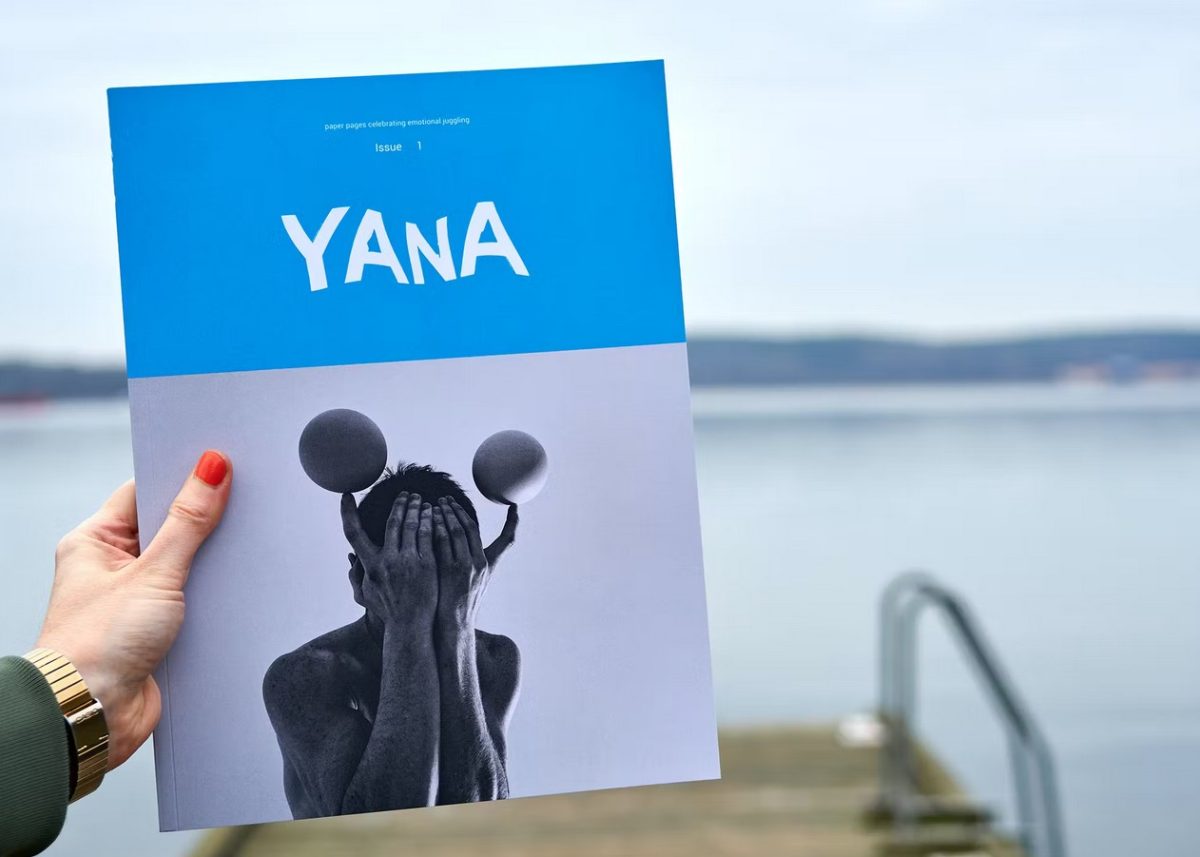
Magazines are community builders and if it’s a community, it needs a magazine, so it makes sense. People always want to know where’s there a gap, “where can we do a magazine?” And for me, that’s always the wrong way around. If you’re looking to do a magazine and trying to find a gap in the market, that’s not how it works. You just need to be really passionate about something and do it. And if it’s juggling, fine. Who knows? Maybe there’s space for two juggling magazines.
I wish there were more political magazines. I think we live in a time of political crisis. We see it with certain campaigns like MeToo and Black Lives Matter. There’s definite interest in lots of magazines around those areas, but I’d like to see some more campaigning magazines.
Can you expand on that? Politics is well covered by big publications. What is lacking? How would you do it?
I’m not sure I’ve got the answer to the way of doing it. But I do think — there was a question at the end of the session about radicalism. And I know it wasn’t quite addressed at politics, but I do think creating and publishing your own magazine is a radical act. I think that stands stacks up well next to being politically radical. I’d like to see some magazines that take on very particular issues and campaign for it and try and build a community of supporters around that. I know a lot of that happens online. I know a lot of it happens in Facebook groups and other kind of community builders.
But I think, for instance, It’s Freezing In LA!, which I’m sure you know, the climate change magazine — they deliberately didn’t do it online. They wanted to go into print because they felt that was a better way to communicate with people that didn’t know what they were already doing. There’s a way that you get into the hands of people that weren’t looking for it, and I think that’s the case. It’s a good way to spread the word.
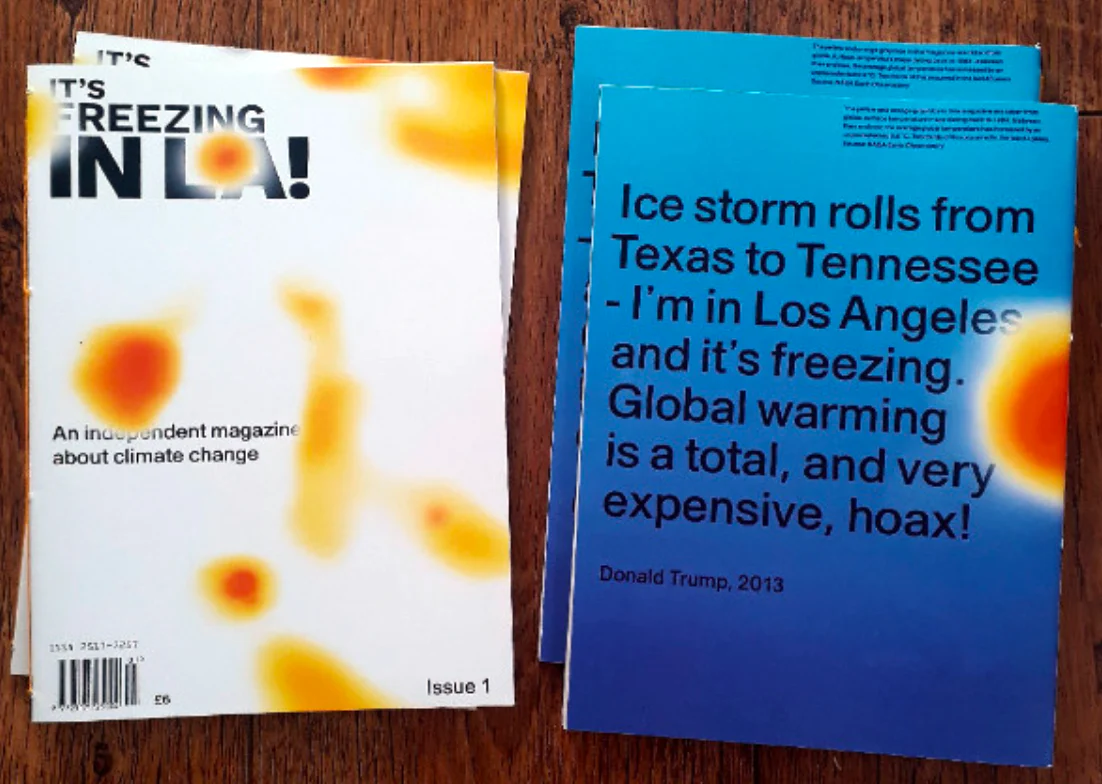
Adbusters comes to mind.
Adbusters is a very strong campaign as well. That’s another example.
Design or content?
Design is content. That’s one of the beautiful things about magazines. We talked about the printed item and the technology that goes into that; the fact that it is a form of technology. But the content is everything. It’s the writing, image making, illustration, photography, typography, and it’s the design. Design is what stands. If I put a magazine there and a website — If I put The New Yorker there, and The New Yorker on the app, the magazine’s a million times more appealing as a thing to engage with and get involved in. Inevitably, digital tends to just be about function, whereas the magazine, printed magazine, is much more flamboyant, even The New Yorker.
It’s much more about the relationship between the text here and the image there and the headline there. And design is content.
That’s a great take. Finally, you mentioned The New Yorker as one of your all time favourites. Any recent or current favourites?
Oh, yes, another long-term favourite, MacGuffin. I think that is a fabulous magazine. It’s another annual magazine, but it has all the elements. Sometimes people ask, how do we select magazines for the shop? How do we select things that you want to push? There are various elements. You want a good idea, you want good execution, good writing, good editing, good design, good art direction, good photo direction and good production values. Very few magazines achieve all of that. MacGuffin does it every time. And there’s a new issue coming out in two weeks time, and I’m super excited.
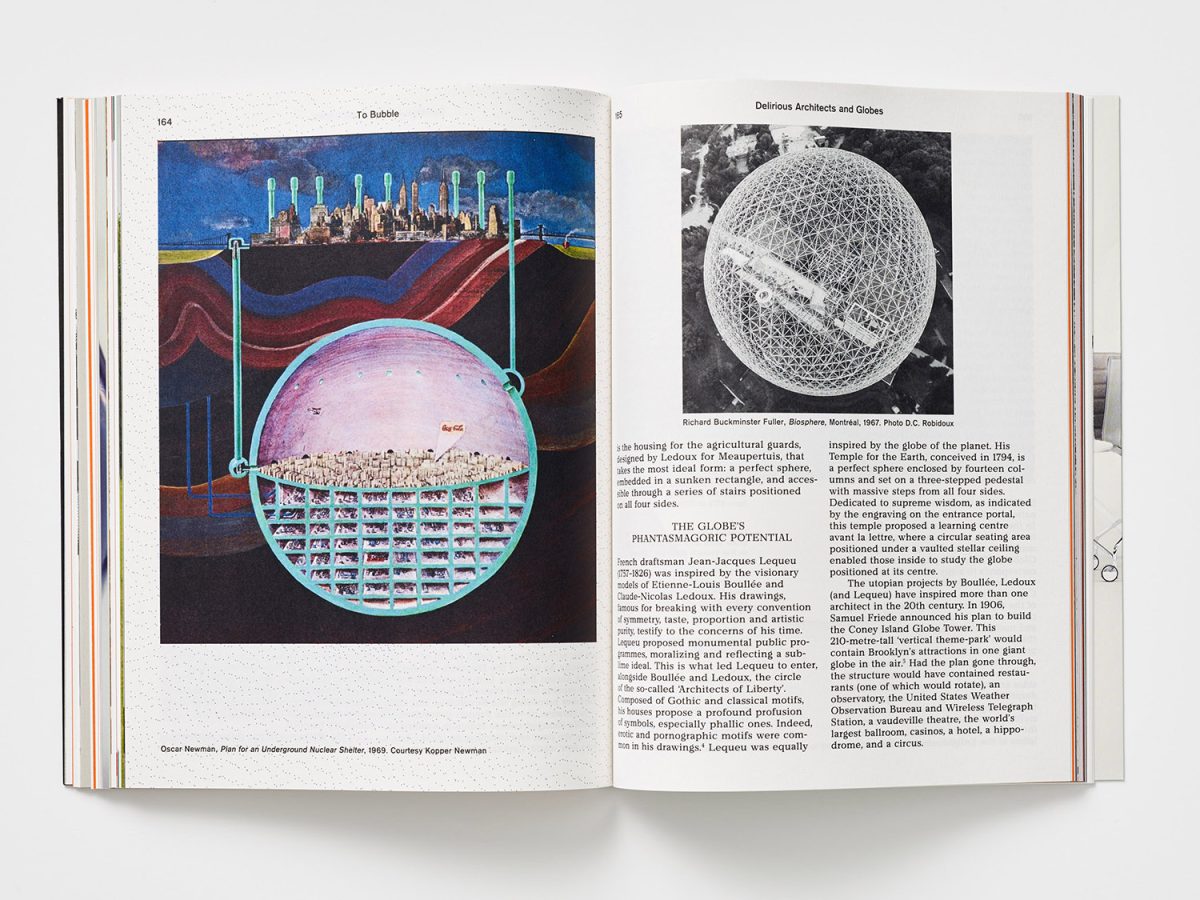
In the more newer sphere, there’s a little magazine called Paperboy, which, again, you might know, and I think that’s the opposite of what I just said. It’s a radical act, and not in a political sense, but it’s radical in the sense that it’s just light-hearted, humorous and wants to spread some happiness and good news. And it’s actually the living embodiment of the editor who makes it. He spreads happiness wherever he goes, and it’s his magazine.
Featured image: magCulture shop, Clerkenwell, London, UK

















